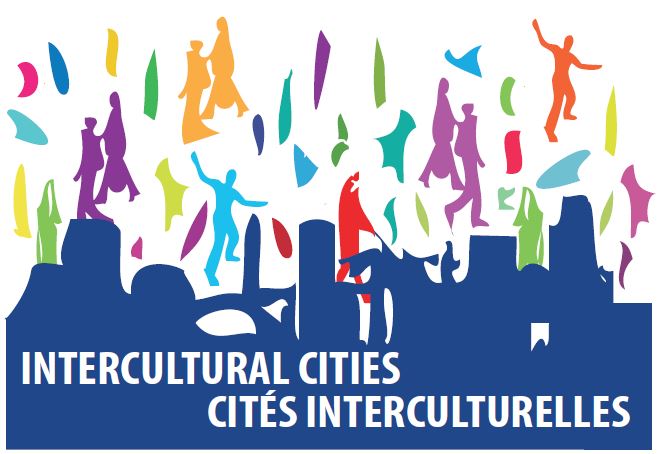Module 5 - Evaluation and sustainability of the antirumours strategy
Assessing and measuring the impact of a strategy like the antirumours strategy, which addresses such complex issues as people’s perceptions, rumours, prejudices, and attitudes, is not an easy task.
It is important to evaluate the antirumours strategy to take stock of the process to date and to identify the strengths and weaknesses of the strategy. This evaluation is very useful to help rethink some questions and to refine some of the methodological elements of the process.
The antirumours strategy is a long-term strategy, as there are no short cuts when trying to change perceptions and dismantle prejudices and the rumours based on them. Moreover, new challenges may arise because of social, economic and demographic changes, and obviously new rumours can appear.
However, there is a need for specific timing and stages. Once we have reached one of these stages, for example at the end of a specific antirumours campaign or at the end of a one or two-year work plan, there is a need to assess what has been done and what happens next. How do we ensure the sustainability of the antirumours strategy? How do we defend the need to put resources into it? And how do we keep the commitment and motivation of so many people?
There is no magic answer to such questions, but from the experience of different cities we can identify some key points or steps that should be considered when working on the strategy’s sustainability.
Next, please see pages 63-72 of the Antirumours handbook.
Take some minutes to consider the following questions which may help you identify areas to address:
- Which units or departments should be involved in the work in your city?
- How could you ensure the antirumours strategy is integrated into your city's intercultural integration plan?
- How could you ensure it is a plan owned by the city, with a sense of shared ownership?
- How could you ensure cross-party commitment to the antirumours strategy?
9. Which aspect is important to ensure the best results from the antirumours strategy?
- Ensure the strategy can function as a stand-alone strategy
- Ensure the strategy is implemented in all sectors equally
- (1)The strategy is supported by a strong network within the municipality
As the implementation of the antirumours strategy requires a mainstreaming approach, an informal network of municipal staff from different departments should be built early on (education, culture, social policies, participation, urban planning, communication, human resources etc.). Depending on the level of engagement and the number of officials involved, the city will manage to attain a wider cross-departmental support and more opportunities to spread and implement the antirumours strategy in different fields.
10. How can you ensure the sustainability of the strategy?
- The strategy is driven by the civil servants to ensure follow-up
- The strategy is driven by the Mayor's office to ensure follow-up
- (1)Cross-party commitment and ensuring the strategy is owned by the whole city
Apart from the importance of building internal support, one of the main factors that will help ensure the sustainability and further development of the Antirumours strategy has to do with the scale and strength of the local antirumours network. Experience from many cities has shown that when the strategy is considered a global “city strategy” and many different local actors feel they are an important part of it, the capacity of the strategy to grow, develop and continue is very high.
Congratulations! You have now completed this online course.



